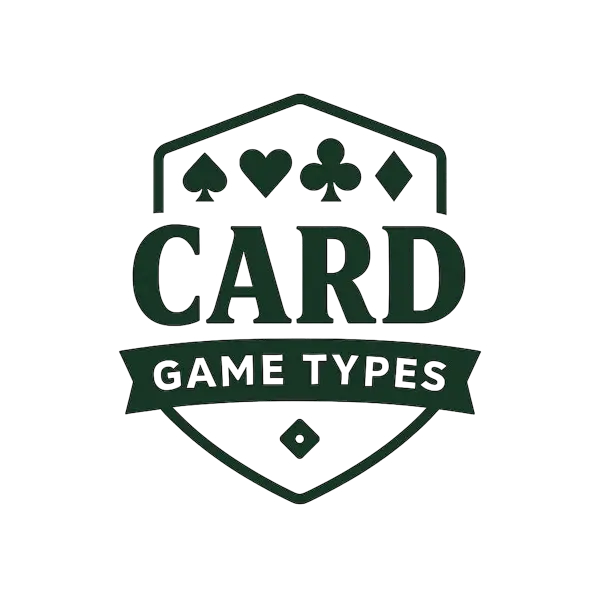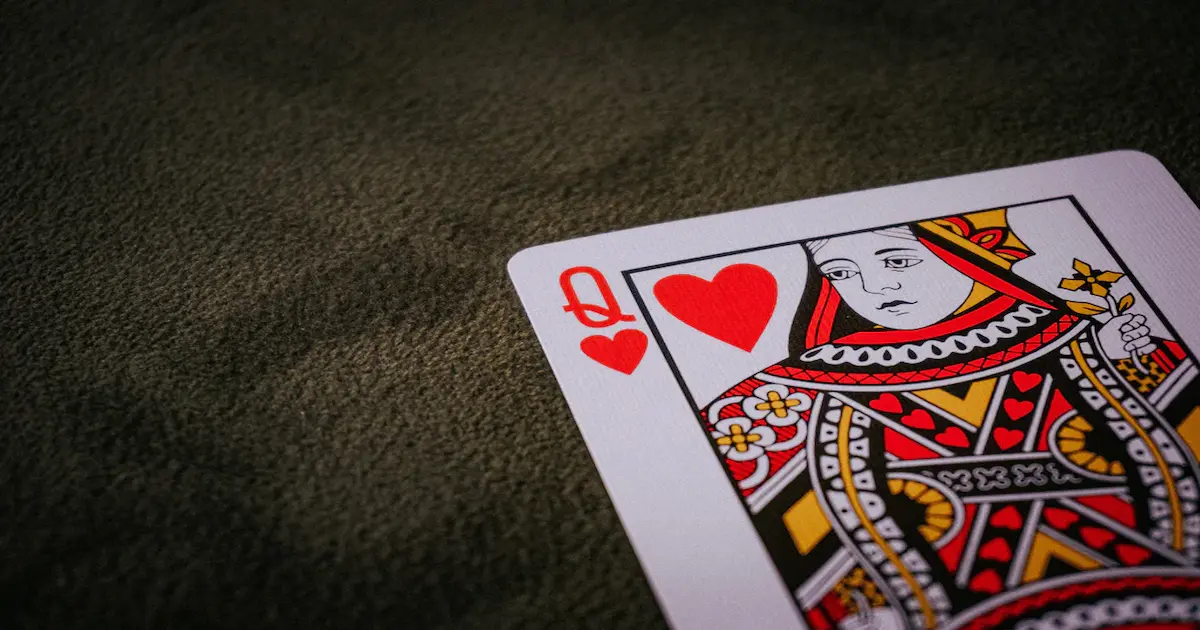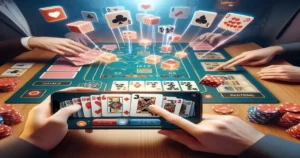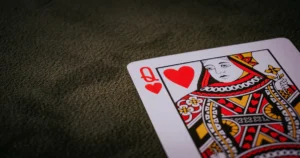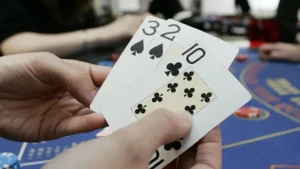Explore the structure, suits, and categories that define every deck of cards. From game night to casino strategy, here’s what you need to know.
What Does “Types in Playing Cards” Mean?
When we talk about the types in playing cards, we’re referring to the fundamental elements that make up a deck. These include:
- The four suits: Hearts, Diamonds, Clubs, and Spades
- Card categories: number cards, face cards, and jokers
- The overall deck structure used in different games
These elements are not only essential for card games but also have historical and symbolic meaning. Different cultures and games have adapted them in unique ways.
Card Suits: The Four Pillars of Every Deck
A standard 52-card deck consists of four card suits:
- Hearts : Associated with love and emotion
- Diamonds : Representing wealth and energy
- Clubs : Symbolizing growth and action
- Spades : Linked to wisdom and power
Each suit contains 13 cards: numbers 2 through 10, followed by Jack, Queen, King, and Ace. These suits define how most card games are played—determining trump cards, point values, and player decisions.
The origins of card suits can be traced back to 14th-century Europe, with many variations appearing in Asian, Arabic, and Latin cultures. To explore more on their history, check out
Wikipedia’s suit history.
Deck Structure: What’s Inside a Standard Card Deck?
The most commonly used deck is the 52-card French-style deck. Its structure has been widely adopted for games ranging from Poker to Solitaire.
Basic Deck Layout
- 52 standard cards: 4 suits × 13 cards
- 12 face cards: Jack, Queen, and King (one per suit)
- 4 Aces: Typically high, but sometimes low depending on the game
- Optional: 1 or 2 Jokers (used in specific games)
Face cards are often considered high-ranking cards, especially in casino games like Blackjack. The Ace is one of the most versatile cards and can represent either 1 or 11 in some games.
Role of Jokers
Jokers are not used in every game, but when they are, they usually act as wild cards or special bonuses. In games like Euchre or Poker variants, Jokers can drastically alter strategies.
Variations in Playing Card Types Around the World
While the standard 52-card deck is the most well-known, other formats also exist and are used in regional and niche games.
Tarot Decks
Tarot cards include 78 cards, with 22 major arcana cards used for fortune telling and divination. They have roots in medieval Europe but are now used both spiritually and recreationally.
Ganjifa Cards
Traditional Indian playing cards, known as Ganjifa, often feature circular designs and include more than four suits—up to 12 in some historical decks.
Collectible & Game-Specific Cards
In modern gaming, custom card structures exist. Magic: The Gathering (MTG) uses a deck of unique cards like spells, creatures, and mana. These decks vary by game rules and expand with new sets. Learn more at
magic.wizards.com.
Why Deck Structure Matters in Gameplay
Understanding the deck structure gives players a strategic edge. In games like Poker, knowing how many cards of a certain rank or suit remain can influence betting decisions.
Example: Poker
Poker uses a 52-card deck, and the knowledge of suits and card distribution is critical. If you’re holding two Hearts and see two more on the table, you’ll know that the probability of hitting a flush is affected by how many remain.
Example: Blackjack
Blackjack often uses multiple decks (usually 6 to 8) to reduce card counting. Knowing the structure can help with basic strategy and understanding the house edge.
Modern Uses of Card Structures
Today, playing cards are used not only for games but also for cardistry, collecting, and even magic tricks. Artists and designers frequently create custom decks with unique illustrations, symbols, and limited-edition runs.
Custom decks may still follow the 52-card format but offer thematic changes. For example, some decks replace suits with elements like swords, suns, or stars.
